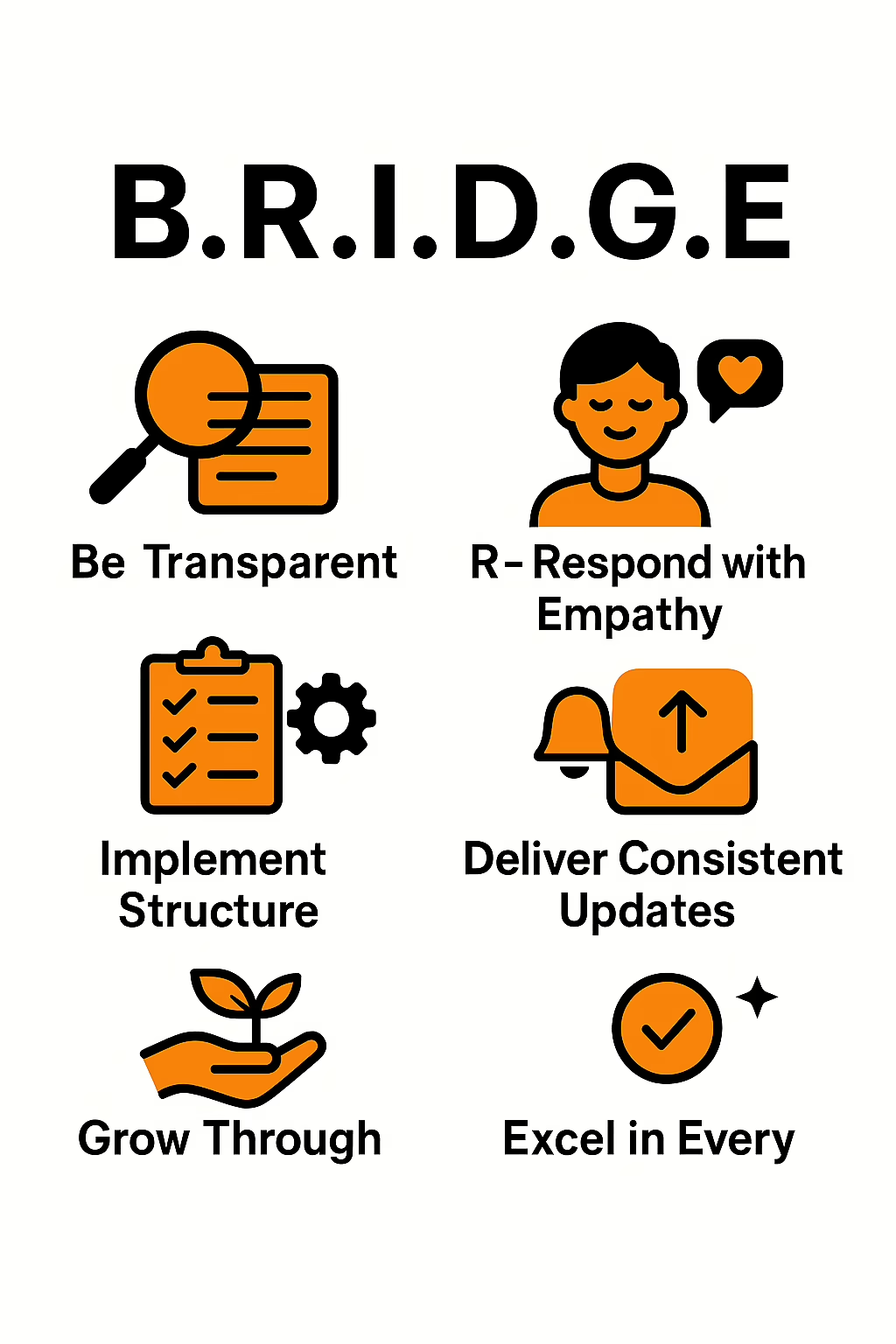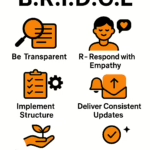Let’s begin by comparing law firms in Kenya to the detergent soap aisle at the supermarket. When you pass by the detergent aisle, you’re most likely to pick a detergent based on personal preferences. Moreover, most of us tend to stick to the same soap brand (Once upon a time, I was a merchandiser, so I know first-hand that one of the hardest things to do is to convince shoppers to waiver in their brand loyalty). Even the allure of a free branded bucket failed at the job sometimes (Nimetoka mbali).
Nonetheless, despite the unwavering brand loyalty customers have to the existing detergent soap brands, new detergent soap brands appear on the aisle every other day. Although unwavering brand loyalty poses a significant challenge for new entrants into the market, those emerging brands that develop and implement robust strategies often carve out a market niche comprised of their own brand loyalists, allowing them to pull a seat at the table and enjoy a piece of the market share ‘pie’.
So, what are the parallels between that detergent soap aisle in the supermarket and the legal space? New law firms are mushrooming in Kenya’s legal sector. I bet many of you are already hard at work establishing your law firms in this first quarter of 2025.
However, the biggest problem in the legal entrepreneurship space has nothing to do with launching a new law firm or the lack of strategy for running existing law firms. The challenge is that most managing partners or founders treat law firm strategies like New Year’s resolutions.
Hear me out. There’s nothing wrong with New Year’s resolutions. For one, there’s the element of goal-setting, which, when handled holistically and strategically, can be effective in the long term. So, like with other New Year’s resolutions, founding and managing partners often come up with a list of things they want to do. Of course, some firms are better at this than others, but it is an ambiguous process.
Ambitious as these lists of ‘things’ usually are, they often lack one crucial element, a buy-in from the team. Consequently, most law firms, just like people, often let go of these so-called ‘resolutions’ and regress to ‘business as usual’ by the end of February. To prevent this it is important to understand the strategic planning process and the differences between strategy, goals, milestones, and a plan.
Based on my experience as a consultant in the legal entrepreneurship space, a strategic plan has four stages:
- Learning: Understanding the fundamentals (what strategy is, and why it matters).
- Diagnosis: A ‘health check’ for the organization ensuring you know exactly where you stand (we’ll explore this in detail in our next piece).
- Strategy envisioning: The creative phase where ambitious, big-picture thinking takes place.
- Goal planning: Breaking down the ideas generated during the goal planning stage and translating them into actionable next steps with major goals being called milestones.
The four steps above primarily ensure that your clients, like the brand loyalists of the detergent soaps, stick with your firm, even when competitors dangle shiny new alternatives, lower fees, and other incentives.
So, what causes a strategy to disintegrate or wane into a wish list? Many managing partners fail to bridge the gap between strategy and daily operations, yet it is the cumulative and collective action within a firm that achieves a goal. It is quite unfortunate that even top-tier firms often assume a significant separation between their strategic thinking work and the different roles employees play.
While employees may be well trained, they often lack a connection to the bigger picture due to poor communication and limited empowerment. The strategic decisions made at the top are treated as exclusive to leadership, yet everyday choices, whether by associates, office administrators, or even clerks, carry strategic weight.
Rodger Martin, a top strategic consultant, posits that every employee should be a strategic lead in their docket/designation. Essentially, instead of having a group of people making the strategy and another group executing the strategy. The executors of the strategy should be thinking strategically and making decisions as if they were the ones who came up with the strategy because the vision is crystal clear to them too. Therefore, each employee supports a strategy through their willingness to commit to specific actions and track progress.
Empowering employees begins with effective communication. Managing partners must develop this skill, even if it does not come naturally. Instead of issuing blanket instructions or feedback, invite employees to share their thought processes and connect their specific actions to the firm’s strategic objectives. You might wonder how tasks like sending an email or stamping an affidavit align with strategy, but every action, no matter how small, either moves the firm closer to its goals or away from them.
For instance, let’s look at the receptionist running the law firm’s front desk, let’s call her Becky. Now Becky’s role appears somewhat mundane, receiving guests, and deliveries; it has nothing to do with the technical legal skills the firm aspires to be known for. However, one of the firm’s goals for 2025 is to enhance client retention through customer experience. Although customer experience cuts across the entire firm, Becky is the first point of contact with the firm, and you know what they say about a first impression; it’s the only impression. So, if the managing partner would present the customer retention goal to Becky and encourage her to explore ingenious ways to enhance professionalism, efficiency, and client relations based on her experience as a front office officer and her interaction with law firm clients, one thing is certain, Becky would feel empowered and contribute as many practical ideas as she can toward the firm’s three-year strategic plan. How she addresses inherent job challenges, including difficult clients, would change because she can see the bigger picture.
When employees think like managing partners in their areas of work, they make choices that align with the firm’s objectives, problem-solve effectively, and are innovative. This mindset shift does not just improve individual performance, it transforms the entire organization. It moves the firm away from leadership telling employees how things must be done better to employees taking ownership and continuously improving their contributions.
Aligning employees’ actions with the firm’s strategic objectives also changes how managers review performance. KPIs become more meaningful when they reflect the strategic questions managing partners ask themselves, such as, “How does this activity contribute to our strategic vision?” By embedding strategic thinking into every role, firms create a culture where every employee feels empowered and accountable.
Turn Strategy Into Action
At Axzerah Consulting, we specialize in helping law firms bridge this gap between leadership and employees. We work with firms to ensure that strategy is not just a leadership tool but a framework embraced by every team member. From workshops that foster strategic alignment to tailored coaching that empowers individuals, we help firms turn strategy into action at every level.
So, the next time you walk into a supermarket and see a new detergent brand trying to stand out, think about your law firm. Are you empowering your team to make strategic choices that set your firm apart? Could the client you are trying to woo be convinced to try your firm? If not, it might be time to rethink your approach and make everyone in your firm a managing partner, or at least think like them.












